10 Foods That Improve Blood Flow and 7 That Secretly Shut It Down
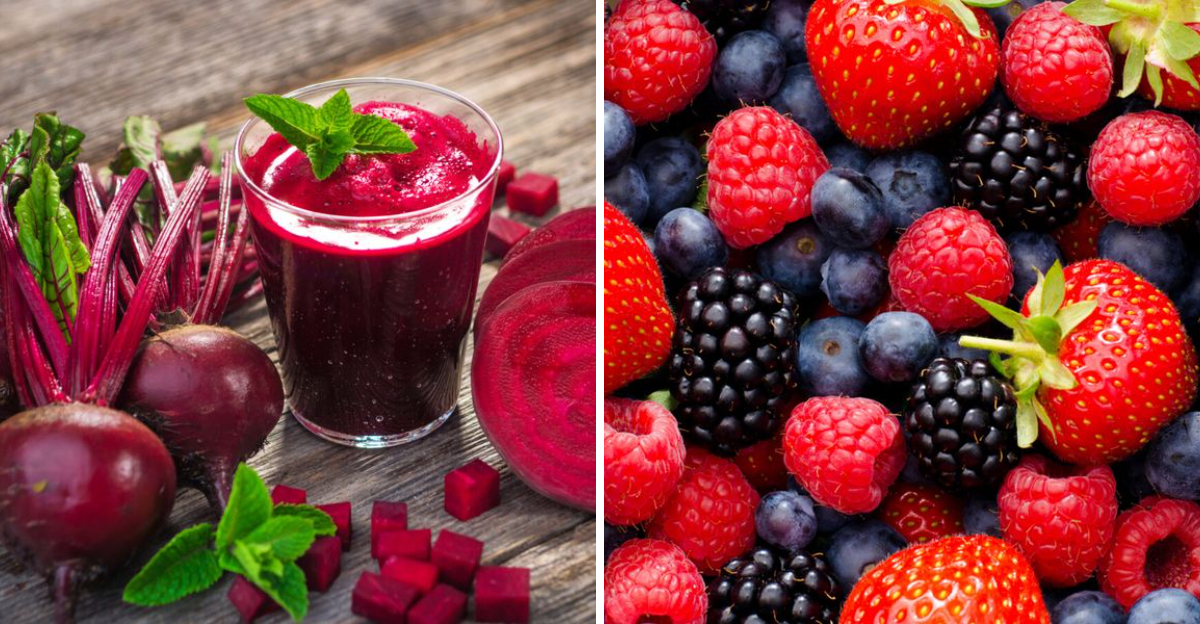
Explore the world of foods that can significantly influence your blood flow, enhancing or hindering your circulatory health. From vibrant beets to nutrient-rich fatty fish, discover which foods can be your allies in promoting better circulation. Conversely, be aware of those sneaky culprits like processed meats and sugary drinks that can secretly constrict your blood vessels, compromising your well-being. This guide provides a comprehensive understanding of how specific dietary choices can play a crucial role in maintaining or disrupting optimal blood flow.
1. Beets

Beets are renowned for their dazzling red hue and their ability to boost circulation. Packed with nitrates, they relax and widen blood vessels, paving the way for improved blood flow. Whether roasted, juiced, or sliced into salads, beets can make a delicious, heart-friendly addition to your diet. Known for their earthy sweetness, they are not only a culinary delight but also a nutritional powerhouse. Historically, beets have been used for medicinal purposes, underscoring their value. Their vibrant color and health benefits make them a popular choice for those seeking to enhance circulation naturally.
2. Fatty Fish (Like Salmon and Mackerel)
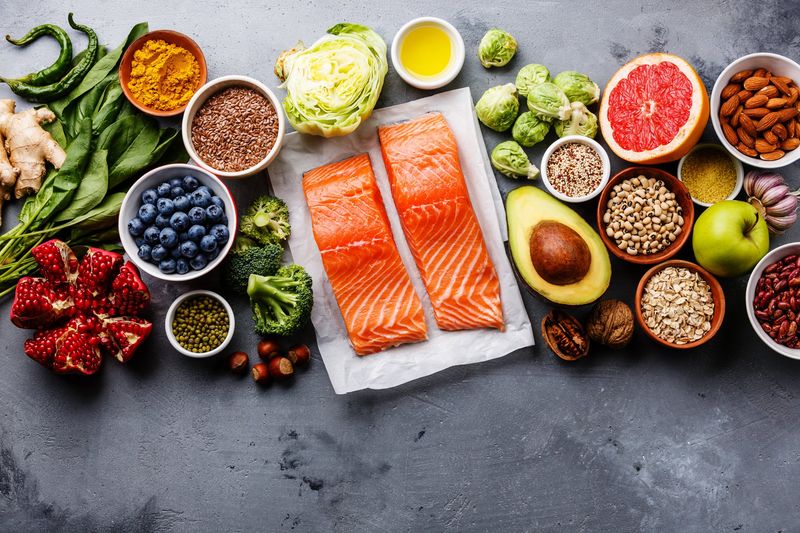
Imagine a luncheon featuring the rich flavors of salmon or mackerel. These fatty fish are champions of heart health, laden with omega-3 fatty acids. These healthy fats work diligently to reduce inflammation and ensure your blood flows smoothly. By incorporating these into your meals, you not only enjoy a culinary treat but also a significant boost to your vascular system. Omega-3s are celebrated for their ability to support cardiovascular function. Historically, populations with diets rich in these fish have shown remarkable heart health, a testament to their efficacy.
3. Garlic
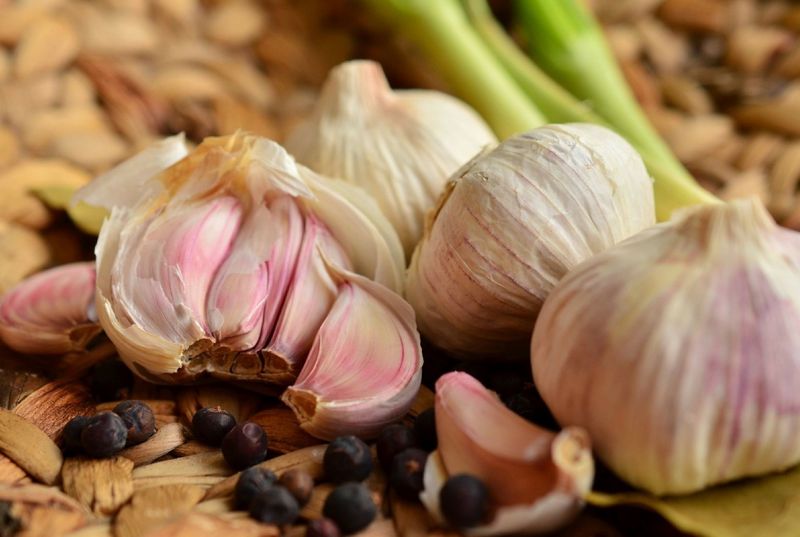
Garlic, with its distinctive aroma, has been a staple in kitchens worldwide. This humble bulb contains allicin, a compound that offers potent health benefits for blood vessels. Allicin enhances flexibility and overall vascular health, making garlic a small yet mighty ally for circulation. With each clove you add to a dish, you’re not just enhancing flavor but also fortifying your body’s blood flow. Traditionally, garlic has been revered for both its culinary and medicinal properties. Its robust flavor and health-enhancing capabilities make it a versatile and valuable ingredient.
4. Berries
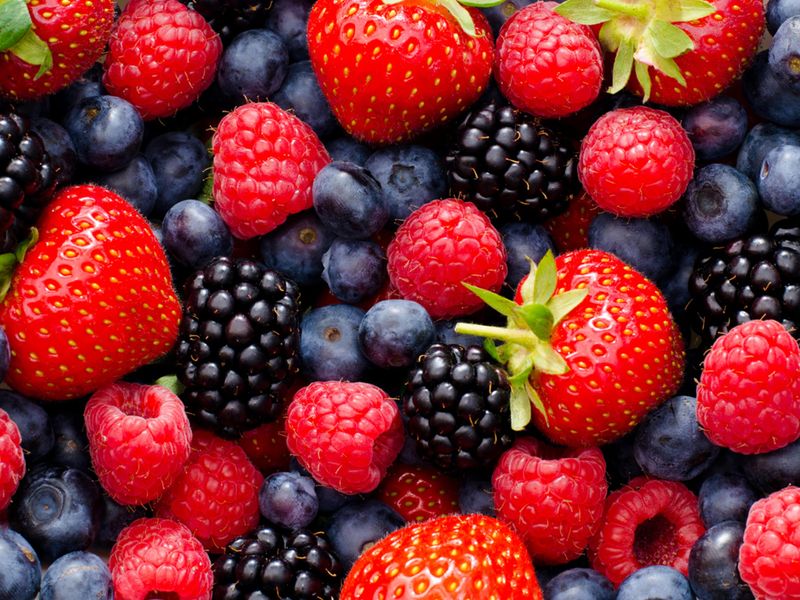
Berries, bursting with color and flavor, are more than just a sweet treat. They are packed with antioxidants like anthocyanins, which boost nitric oxide levels and safeguard arterial health. Each bite of these juicy fruits contributes to enhanced blood flow and heart health. Whether sprinkled on cereal or enjoyed as a snack, berries offer both taste and vascular benefits. Known for their rich hues, they are as pleasing to the eye as they are beneficial to the body. Historically, berries have been prized for their healthful properties, making them a smart choice for circulation support.
5. Dark Chocolate (70% or Higher)

Dark chocolate, with its luxurious texture, is a delightful indulgence with a hidden health benefit. Flavonoids, the compounds found in chocolate, help to dilate blood vessels, supporting heart function and enhancing circulation. A piece of high-quality dark chocolate can be both a treat and a means to promote vascular health. The richness of its flavor is matched by the depth of its benefits, making it a beloved choice for those seeking both pleasure and health. Historically, chocolate has been considered a food of the gods, valued for its taste and potential health advantages.
6. Leafy Greens (Spinach, Kale, Arugula)

Leafy greens, from spinach to kale, are staples in heart-healthy diets. These greens are abundant in nitrates and vitamin K, both crucial for robust circulation. Incorporating them into your meals can significantly enhance your blood flow and overall health. Whether enjoyed in a salad or smoothie, their benefits are undeniable. The deep green hues of these vegetables are indicative of their nutrient density, making them a vital component of any diet. Historically, leafy greens have been integral to various cuisines, valued for both their flavor and health benefits.
7. Pomegranates

The pomegranate, with its jewel-like seeds, is a symbol of vitality. Brimming with polyphenols, this fruit enhances blood vessel function and oxygen delivery. Each seed bursts with flavor and nutrients, making pomegranates a delightful addition to any diet. From smoothies to salads, they add both visual appeal and health benefits. Known for their historical significance, pomegranates have been revered in various cultures for their health-promoting properties. Their vibrant color and rich taste make them a standout choice for those looking to boost circulation naturally.
8. Turmeric

Turmeric, with its golden hue, is a spice celebrated for its health benefits. Curcumin, its active compound, plays a crucial role in boosting nitric oxide levels and reducing arterial stiffness. Incorporating turmeric into your diet can enhance vascular health, supporting smooth blood flow. Whether added to curries or enjoyed as a tea, its benefits are both culinary and medicinal. Known for its earthy flavor, turmeric is a staple in many traditional dishes. Historically, it has been used not only as a spice but also as a natural remedy, underscoring its value.
9. Walnuts

Walnuts, with their distinctive shape, are more than just a tasty snack. They are rich in L-arginine and healthy fats, making them an excellent choice for promoting better blood flow. These nuts work to reduce inflammation, supporting overall vascular health. Whether enjoyed on their own or added to dishes, walnuts offer both flavor and nutrition. Their crunchy texture and nutty taste make them a popular choice for healthy eating. Historically, walnuts have been valued for their nutritional benefits, making them a wise addition to any diet aimed at enhancing circulation.
10. Citrus Fruits (Oranges, Grapefruit, Lemons)

Citrus fruits, with their zesty flavor, are more than just a refreshing snack. Loaded with vitamin C and antioxidants, they work together to strengthen blood vessels and improve circulation. Whether juiced or eaten whole, these fruits offer a burst of freshness and health benefits. Their bright colors are matched by their ability to support vascular health, making them a smart choice for those looking to boost their blood flow. Historically, citrus fruits have been prized for their ability to prevent scurvy, highlighting their essential role in nutrition.
11. Processed Meats (Bacon, Hot Dogs, Deli Slices)

Processed meats, despite their popularity, can be detrimental to blood flow. High in sodium and preservatives, they contribute to stiffened arteries and heightened blood pressure. Regular consumption of these meats can lead to compromised vascular health. While convenient and flavorful, the risks they pose to circulation are significant. The allure of bacon or a deli sandwich might be strong, but the impact on heart health is a consideration. Historically, processed meats have been a staple in many diets, but awareness of their health implications is crucial for making informed choices.
12. Fried Foods

Fried foods, with their golden, crispy exterior, are often irresistible. However, they are laden with trans fats and inflammatory oils, posing a threat to blood vessel health. Regular consumption can damage these vessels over time, compromising circulation. While the crunch of fried chicken or fries is tempting, the long-term impact on your heart is worth considering. The pleasure derived from these foods is often fleeting, overshadowed by potential health risks. Historically, fried foods have been a comfort staple, but moderation and awareness are key to maintaining vascular health.
13. Sugary Drinks (Soda, Sweet Teas)

Sugary drinks, including sodas and sweet teas, might quench your thirst, but they carry hidden dangers. These beverages spike blood sugar levels, triggering inflammation and leading to narrowed, less flexible arteries. While the sweet taste is appealing, the impact on blood flow is concerning. Frequent consumption can significantly compromise vascular health. The bubbles and sweetness might be enticing, but the potential harm to circulation outweighs the momentary pleasure. Historically, sugary drinks have been popular, but growing awareness about their effects is prompting a shift towards healthier choices.
14. White Bread and Refined Carbs

White bread and refined carbs, though staples in many diets, can wreak havoc on circulation. They cause blood sugar fluctuations that destabilize vessel health in the long term. While a soft slice of bread might be comforting, its impact on blood flow is significant. These foods can lead to a rollercoaster of sugar highs and lows, affecting overall vascular health. The simplicity and convenience of refined carbs are contrasted by their potential harm. Historically, these foods have been dietary staples, but awareness of their effects on blood flow is growing.
15. Excessive Alcohol

Excessive alcohol consumption, though socially ingrained, can constrict blood vessels and disrupt nitric oxide balance, impacting circulation. While a drink might be a social norm, its effects on blood flow are noteworthy. Moderation is key to preventing the negative vascular impacts associated with alcohol. The cultural significance of alcohol is undeniable, but awareness of its health implications is crucial. Historically, alcohol has played a significant role in social and cultural settings, but its impact on circulation is prompting a reevaluation of consumption habits.
16. Margarine and Hydrogenated Oils
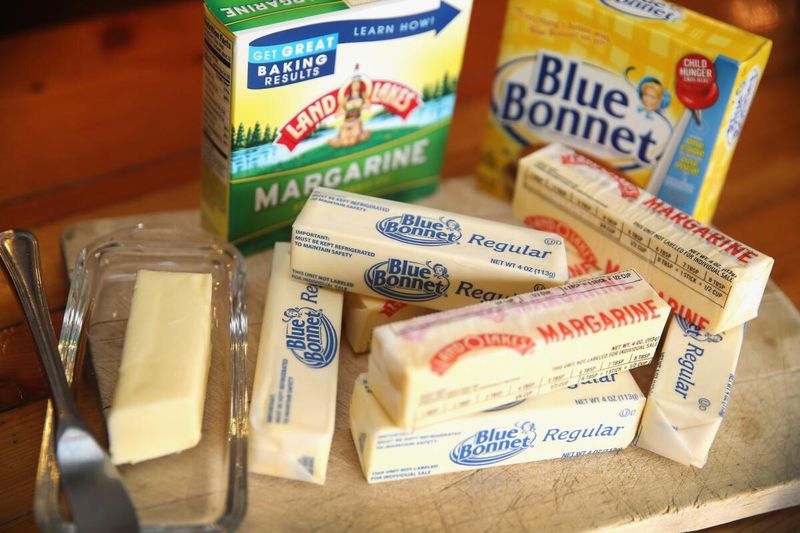
Margarine and hydrogenated oils, often marketed as healthier alternatives, can be detrimental to blood flow. High in trans fats, they reduce good cholesterol and inflame arteries, posing a threat to vascular health. While the creamy texture of margarine might appeal, its impact on circulation is concerning. The allure of a spreadable fat alternative is overshadowed by its health risks. Historically, these products have been used as butter alternatives, but growing awareness of their effects is leading to more informed dietary choices.
17. Too Much Salt (From Fast Food or Packaged Snacks)
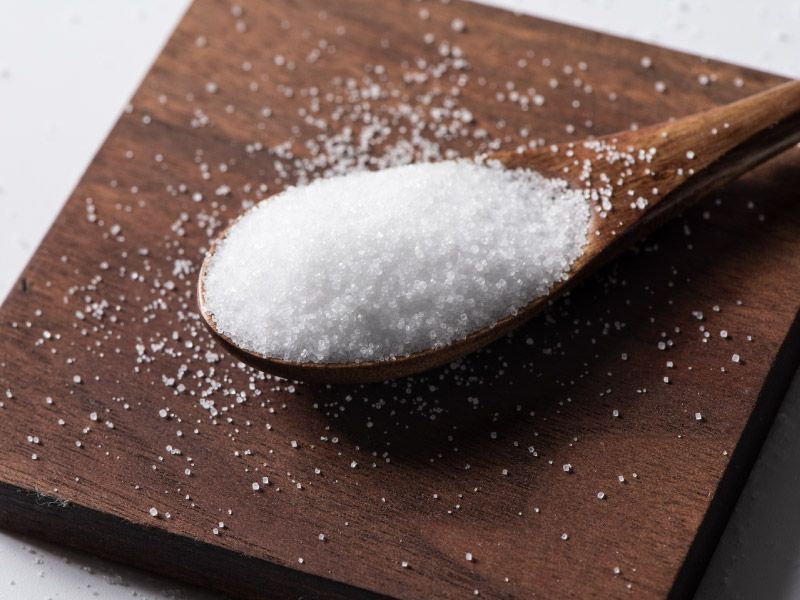
Excessive salt intake, common in fast food and packaged snacks, leads to water retention and increased blood pressure, compromising blood flow. While salty snacks might be tempting, their impact on vascular health is significant. The convenience and flavor of these foods are often overshadowed by their potential harm. Awareness of sodium’s effects is leading to more conscious dietary decisions. Historically, salt has been a preservative and flavor enhancer, but its role in compromising circulation is prompting a shift towards moderation and healthier alternatives.
